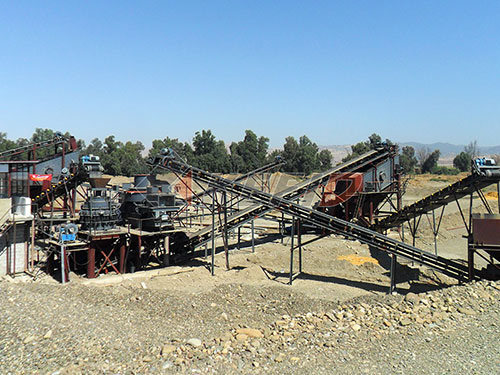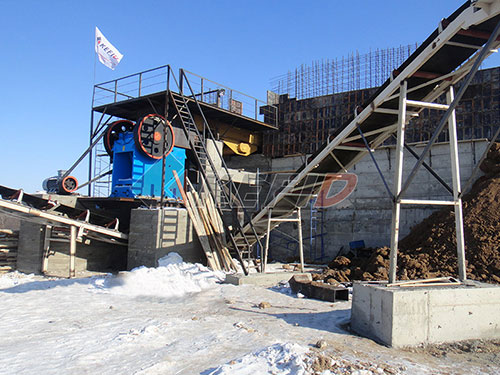Unlocking Throughput: A Comprehensive Analysis of Dodge Crusher Capacity
The efficient reduction of large rock fragments into smaller, manageable sizes is a cornerstone of mineral processing, aggregate production, and various industrial operations. Among the pantheon of size reduction equipment, jaw crushers hold a venerable position due to their robustness and relatively simple design principle. Within this category, the Dodge Crusher, though less prevalent today than its Blake counterpart or modern alternatives like single-toggle designs and gyratories, established crucial mechanical concepts and offers unique insights into the fundamental factors governing crushing capacity. Understanding the capacity of a Dodge Crusher requires delving into its distinctive mechanics and analyzing the interplay between design parameters, material characteristics, and operational variables.
Historical Context and Mechanical Distinction
Patented by Philetus W. Dodge around 1880 in Pennsylvania USA, the Dodge crusher emerged as an alternative solution to overcome perceived limitations in earlier designs like the Blake crusher (patented 1858). Its defining characteristic lies in its kinematics:
1. Fixed Point at Bottom: Unlike the Blake crusher where the swing jaw pivots at the top with movement primarily at the bottom discharge point, the Dodge crusher pivots its swing jaw at its bottom point. This means movement occurs predominantly at the top feed opening.
2. Minimal Vertical Movement: Due to this pivot location near the discharge end (theoretically a single point), there is significantly less vertical movement of material within the crushing chamber compared to a Blake.
3. Uniform Discharge: The minimal vertical motion near discharge results in a theoretically more uniform product size distribution exiting from that narrow bottom gap throughout most of each stroke cycle.
4. Lower Stroke Magnitude: Typically designed with lower stroke magnitude than comparable Blakes.
This inverted kinematic profile fundamentally shapes how material flows through a Dodge crusher and directly impacts its theoretical maximum throughput potential – its capacity.

Defining Capacity: The Core Metric
In crushing terminology, “capacity” typically refers to throughput, measured as mass per unit time passing through the machine under specific conditions – usually tonnes per hour (tph) or metric tons per hour (mtph). It represents how much raw material can be processed. Crucially:

It depends on machine size/geometry.
It depends on feed material characteristics.
It depends on operational settings.
It depends on desired product size distribution.
Capacity is distinct from power consumption or efficiency metrics like

Leave a Reply